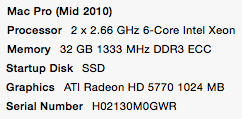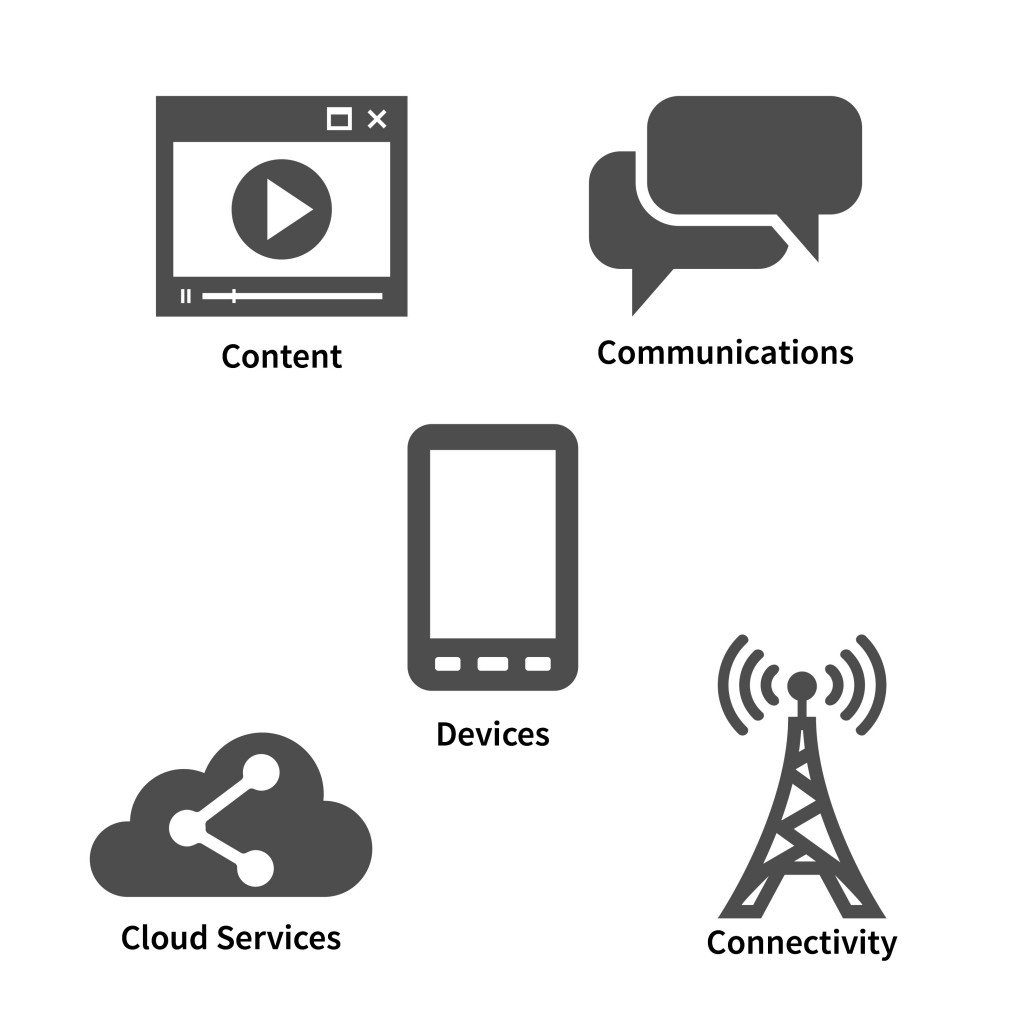Every now and then I think it might be helpful if I outlined here the various tools I use to get my job done. Aside from acting as a form of recommendation to others, it’s perhaps a helpful set of disclosures as well. I hope this proves useful. I’ll probably update it periodically to add or change things. This first version was written in November/December 2014.
You’ll notice right away a serious bent towards Apple products – both hardware and software. I first began experimenting with Apple products back in about 2005, when we bought a Mac Mini for our family, and we began buying iPods around the same time. Several MacBooks followed, and iPhones started showing up in 2008. I find Apple products to be highly reliable, beautifully designed and high-performance devices that do the jobs I need them to do well. They also run all the software I need them to (mostly as apps downloaded through Apple’s various App Stores). The other thing with the Apple ecosystem is that it’s self-reinforcing – the more (and the more exclusively) you use it, the better it gets, because the parts work together well. However, because I have to regularly use other devices for testing and reviews, I try not to over-commit to Apple’s various products so that my workflow doesn’t break down entirely when I switch to something else!
Hardware
My main computer is a pretty maxed-out “Mid 2010” version Mac Pro I acquired a couple of years ago when we were starting a small video production company and I had to do a ton of video editing. Here are the basic specs:
This thing is my workhorse and it’s plenty powerful to do everything I need to do and then some. I never have to worry about running too many programs at once or having too many tabs open. It’s running Yosemite, and in fact was running the Public Beta right from when that first became available.
When I’m traveling I currently use a 13″ current vintage MacBook Air that’s on loan from Apple as a review unit. I’ve found this to be the perfect traveling computer – small and light enough to fit easily in my backpack or a briefcase without slowing me down, starts up instantly when I open it up, runs for hours and hours, and just the right size to use on an airplane or on my lap.
When I’m traveling I also always take an iPad, and when I’m attending a conference where I’m going from one meeting to another, the MBA tends to stay in my hotel room or my car while I carry an iPad Air with a Logitech Thin Keyboard for typing on. I find I can take perfectly adequate notes, do email and the other things I need to do during such a day on the iPad without any problems. And of course the battery lasts all day, even if I occasionally need to use it as a hotspot to provide connectivity to another device.
My main smartphone is an iPhone, and has been since the iPhone 3G came out. At present, I’m using an iPhone 6, also a review unit from Apple, though before that I was using an iPhone 5S I bought last year. The iPhone is running the latest version of iOS 8, and I generally keep my OS and the various apps on the phone religiously up to date. However, I regularly switch devices and use many Android and a smaller number of Windows Phone devices during the course of the year as various vendors send me review units. I’ve found the recent higher-end Android devices to be very good, and particularly enjoyed the second-generation Moto X recently.
Software and services
The following software and associated services are critical parts of my daily and weekly workflow: Continue reading

